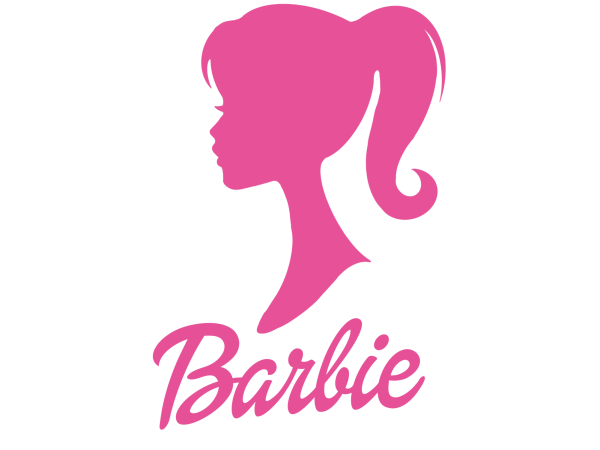Consequences for dress code are unjust for students
September 9, 2021
There are numerous flaws with the dress code. Stereotypes that revolve around the dress code are virtually always accurate. According to the recent 2020-2021 Student Handbook, a violation of the dress code may result in any or all of the following disciplinary actions:
1- “Ask the student to correct his/her dress before attending class or school activities.”
2- “Provide appropriate clothing for the student to wear.”
3- “Call the parent.”
4- “Submit a discipline referral to the administration.”
5- “To keep cell phones, cameras, and camera cell phones off and out of sight during class time.”(This is a requirement when the code is violated)
It is clear that these are not suitable consequences for violating the dress code which is essentially anything that is considered appropriate and non distracting. However, only in extreme instances would these be applicable punishments. In lesser cases, informing the student of their wrong doing in a respectful and insightful manner would be far more detrimental in preventing recurrences. These were the dress code guidelines from the 2020-2021 school year however, in the student handbook there is less content derived from the dress code consequences but more so towards the idea that the “dress should not impede the learning environment.”
According to the handbook, students are expected to dress modestly in nature and appropriate for a learning environment which would be sensible if the consequences were not so severe. In this updated handbook the focus of the dress code is less on the students attire but more so what it represents. Clothing that represents drugs, alcohol, tobacco, or illegal behavior is said to be prohibited. Which makes sense as a learning environment should naturally not be polluted with such topics, despite this, students will still wear these types of clothes with little repercussions. The dress code has substantial room for improvement but this year’s handbook did improve from last year as it does not focus on the punishment but rather the actual guidelines.Furthermore, what is the significance of “modesty?” As long as you’re dressed casually for a school/work environment you should be fine. Why feel the need to emphasize modesty? A better term would be casual. This term is much more general and welcoming.
Oddly enough, teachers are not required to follow these dress code repercussions. In fact, teachers and administrators are not even bound by a specific dress code. This is odd as it seems that teachers and students are not being held to the same standards in this way. Of course, there are some ways in which teachers and students differ in authority, but the dress code should apply to both students and teachers. Essentially, as long as both school staff and students are dressing appropriately for a work and school environment there should be no issue. The current dress code shall be ameliorated to better fit our generation and should focus less on punishment, and rather inform students on casual clothing they may wear for a high school environment.








